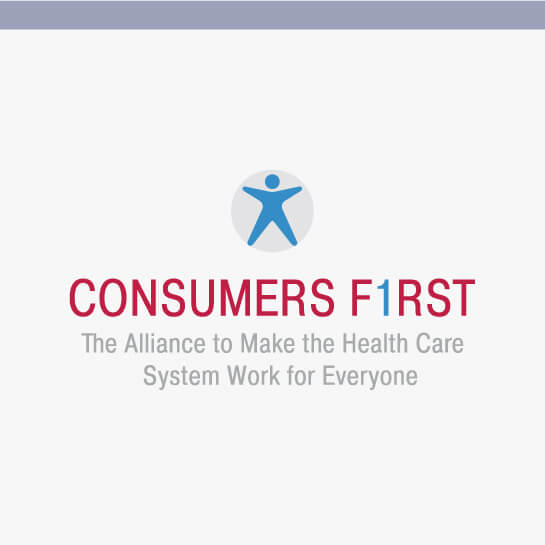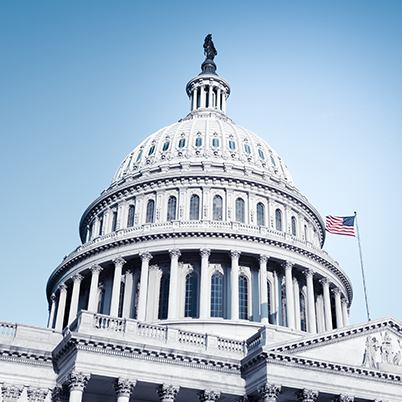
Site-Neutral Payments – An Overlooked Victory for Consumers
08.27.2020
In the midst of the COVID-19 pandemic and economic downturn, the U.S. Court of Appeals for the District of Columbia Circuit quietly delivered a significant victory for America’s families, workers, and employers in the fight to combat our nation’s health care cost crisis. On July 17, 2020, the federal appeals court reversed a lower court’s ruling and determined that the federal government has the authority to align Medicare payments to hospital off-campus health care clinics with payments made to independent physician offices, paving the way forward for a practice referred to as “site-neutral payment.” In essence, the ruling makes it clear that Medicare payment for physician services should be the same no matter where the services are delivered.
At first glance, it might not be obvious why a court decision on Medicare payment reductions is relevant to the average health care consumer. But site-neutral payments eliminate a harmful mechanism that allows some hospitals to game the system in a way that benefits their bottom lines but not their patients, which results in higher health care costs for everyone.
Under the current hospital payment system, Medicare pays higher rates for the same services performed at hospital outpatient departments (HOPDs) and other hospital-affiliated outpatient facilities compared to independent physician offices. This payment differential — which is solely based on the location where the service is delivered — creates a strong financial incentive for hospitals to acquire physicians’ practices and rebrand them as HOPDs or other outpatient facilities so that they can take advantage of the higher payment rates available to HOPDs.
Fortunately, the Centers for Medicare & Medicaid Services (CMS) recognized this distorted financial incentive and issued a regulation to implement payment parity across sites of service via the 2019 Hospital Outpatient Prospective Payment System (OPPS) final rule. A group of hospitals challenged the rule in federal court by arguing that the federal government did not have the authority to require payment parity across sites of service. Initially, the hospitals won. The federal government then appealed the lower court’s ruling to the U.S. Court of Appeals for the District of Columbia Circuit, leading to the crucial ruling in July upholding site-neutral payments and allowing payment parity across sites of services to move forward.
In his opinion, the appellate judge accurately states that HOPDs can be paid up to 114% more than independent physician practices for providing the same services. Yet, physician offices can deliver many of these services with the same quality and at lower cost to the Medicare program. Importantly, the growing trend of consolidation between hospitals and physician practices is a significant driver of high and rising health care costs in the U.S. health care system.[1] These costs are ultimately passed on to families, workers, and employers. This is a fact that was well established by researchers prior to the court case.[2]
Site-neutral payment reforms have been adamantly opposed by the hospital industry, which argues that the revenue it stands to lose under this approach for outpatient visit payment will lead to reduced access to care for patients. However, the contrary is true. The existing disparity in payments across different sites of services actually incentivizes Medicare recipients to get care at HOPDs that charge higher prices, creating additional financial stress on consumers. And it is well established that higher patient costs are a significant barrier to accessing care.
The fact is, enacting payment parity across sites of service will lower costs for consumers. CMS estimates that enacting site-neutral payments would have saved the Medicare program approximately $300 million in 2019.[3] Those savings would have directly benefitted families, workers, and employers in the form of lower premiums and copayments. In fact, CMS projects that consumers could see copayments reduced by as much as $80 million collectively as a direct result of site-neutral payments.[4]
The hospital industry has already declared its intent to continue to fight this decision by the court despite the impact of the current policy on health care consumers. Health care advocates are similarly committed to continue their work toward building a high-value health care system that puts patients at the heart of health care payment policymaking decisions. Equalizing payments across sites of service for all clinically appropriate outpatient services is an essential step toward a more efficient and affordable system of care for patients and workers, employers, and our economy.
_____
[1] Office of Attorney General Martha Coakley, Examination of Health Care Cost Trends and Cost Drivers (Boston, MA: Office of Attorney General, March 16, 2010), https://www.mass.gov/files/documents/2016/08/vn/2010-hcctd-full.pdf; Bela Gorman et al., Why Are Hospital Prices Different? An Examination of New York Hospital Reimbursement (New York: New York State Health Foundation, December 2016), https://nyshealthfoundation.org/wp-content/uploads/2017/11/an-examination-of-new-york-hospital-reimbursement-dec-2016.pdf; Leemore S. Dafny, “Evaluating the Impact of Health Insurance Industry Consolidation: Learning from Experience,” The Commonwealth Fund, November 20, 2015, https://www.commonwealthfund.org/publications/issue-briefs/2015/nov/evaluating-impact-health-insurance-industry-consolidation.
[2] Medicare Payment Advisory Commission (MedPAC), Report to the Congress: Medicare and the Health Care Delivery System (Washington, DC: Medicare Payment Advisory Commission, June 2017), http://www.medpac.gov/docs/default-source/reports/jun17_reporttocongress_sec.pdf.
[3] 83 Fed Refg 59014 (2019 Hospital Outpatient Prospective Payment System Proposed Rule)
[4] 83 Fed Reg 59014 (2019 Hospital Outpatient Prospective Payment System Proposed Rule)



